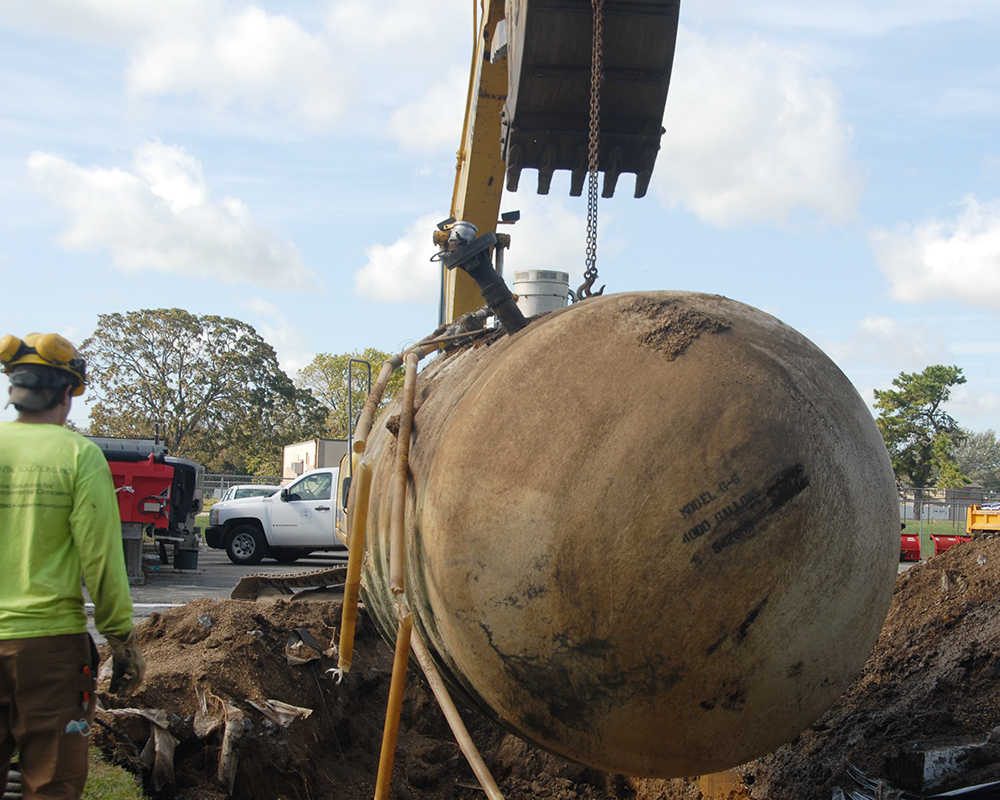Connecticut’s Newest Underground Storage Tank Proposal
At the time of conception of underground storage tanks (USTs), inventory losses were the lone inspiration for tank regulation. The year 1984 marked a shift in focus from financial losses to environmental and health protection; the Subtitle I RCRA amendments developed a system for UST regulation to prevent hazardous substances from entering water supplies. In the following years, engineering standards for spill prevention (such as overfill prevention equipment, interstitial – or “double-walled” – spaces complete with fluid sensors, sump pumps to remove interstitial fluids, and automatic spill alarm systems) and operation and maintenance standards (including regular visual and technical inspections of a UST’s physical and electrical components) were instituted in response to the advent of new technologies and more stringent environmental expectations [1].
With their newest proposal, the Connecticut Department of Energy and Environmental Protection (DEEP) aims to “modernize and update the UST regulations by adding clarity, consistency, and flexibility for certain existing requirements,” which involves expanding select regulations to account for modern technology and standards and cutting out obsolescing requirements [2]. Though compliance might require significant financial investments over a finite timeline, DEEP predicts that their proposal will usher in profits by mitigating inventory loss, cutting leak repair efforts, and extending the life expectancy of USTs. However, the reinforcement of human and environmental health is the program’s most compelling benefit.
Expected Regulatory Changes
Some of the proposal’s specific items include but are not limited to requiring hazardous substance USTs to be double-walled and contained in a vault; removing tanks that have not passed cathodic protection testing in five years; requiring that double-walled USTs installed prior to October 1, 2003 utilize interstitial monitoring within two years of the effective date of these regulations; listing examples of “unusual operating conditions” for clarification; setting a fee schedule for remediation; and adding administrative civil penalties for specific violations of UST regulations [2].
A comprehensive list of the statutory authority, UST regulations that the proposal will affect, and other pertinent documents and information are available via the second link under the references section.
Walden has extensive experience helping public and private organizations manage their tank compliance programs. We can do the same for you. If you’d like to learn more about this or other relevant information, call Walden at 516-789-2972.
References
[1] https://www.ppmco.com/35-years-of-ust-compliance-how-far-have-we-come/
[2] https://eregulations.ct.gov/eRegsPortal/Search/RMRView/PR2023-056

Read about Walden’s tank services here, and contact us at 516-789-2972 to discuss the proposed changes to CT DEEP regulations.
